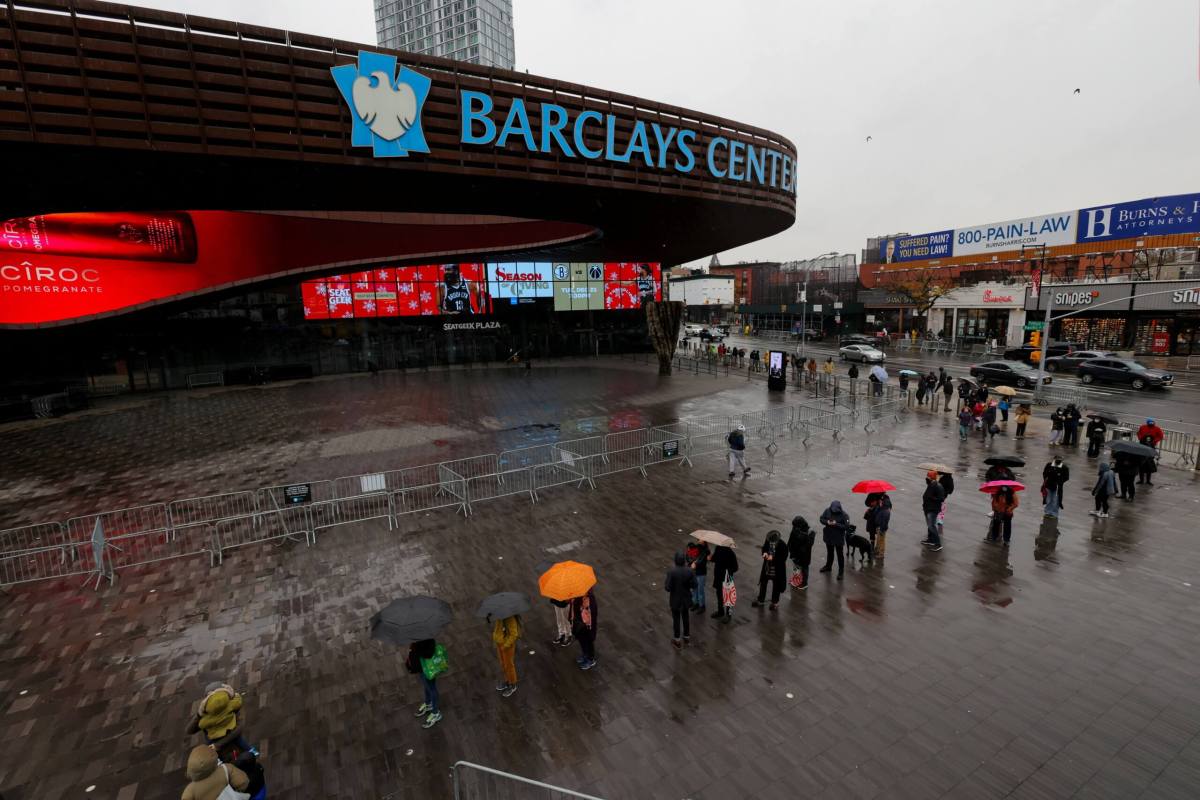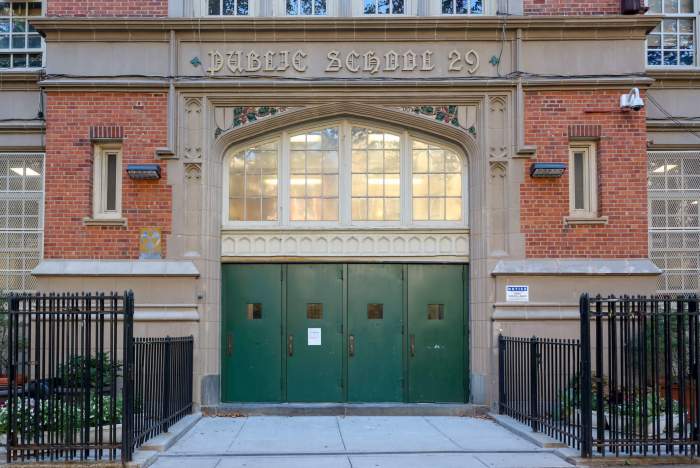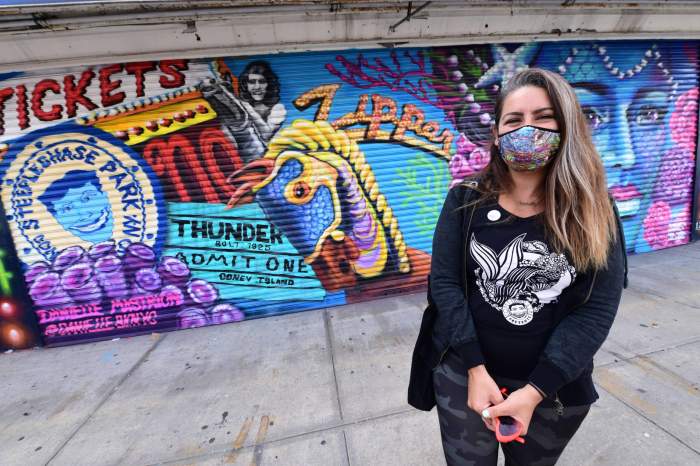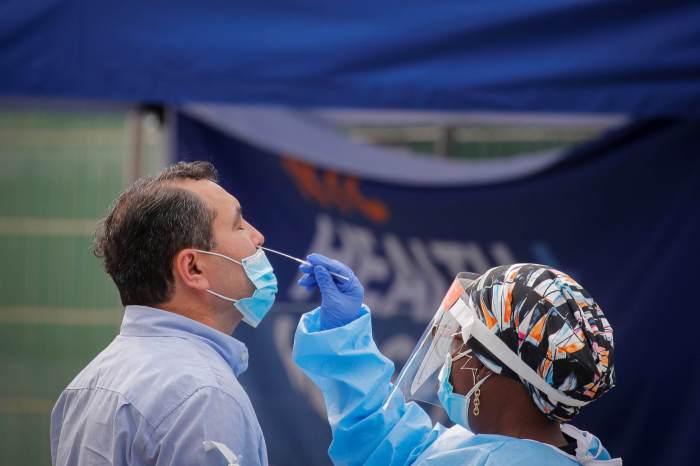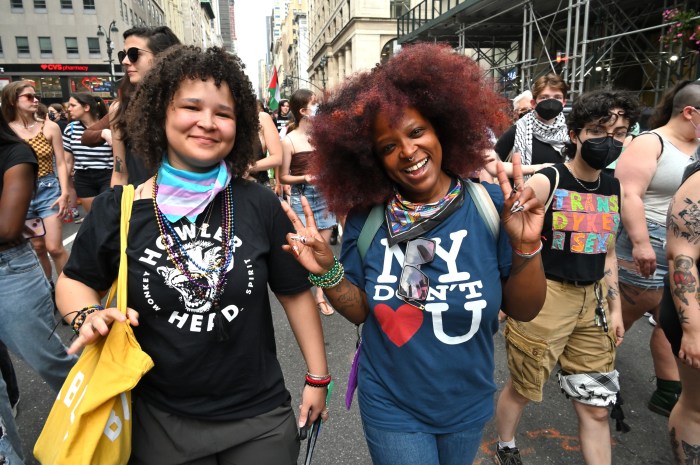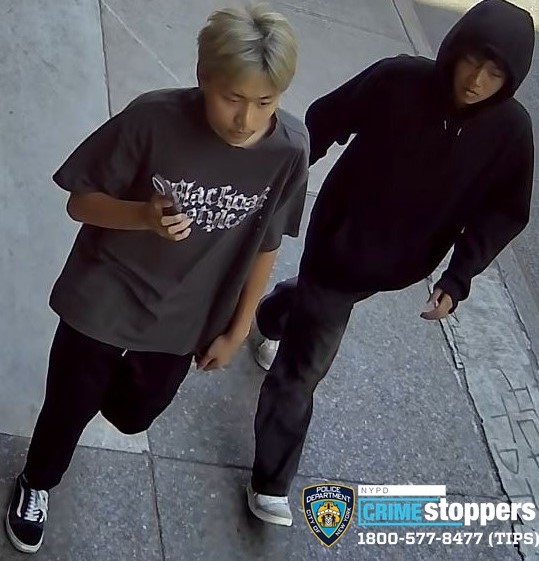It’s been two years since one of the most terrifying months in living New York City memory, when the coronavirus began to take its deadly hold on the Big Apple.
COVID-19 would ultimately claim the lives of about 40,000 residents (including nearly 9,000 Brooklynites), maim countless others, force the entire city into months of painful lockdown, threaten the vitality of the city’s small businesses, and generally define life as we know it.
A lot has changed in the intervening two years as a result of the pandemic. Cases are low at present, with an average of only 1.31 percent of tests in the past seven days coming back positive, per city data, two months after the devastating Omicron wave. While there is concern in some corners over an Omicron “subvariant” causing a rise in cases in Europe, the mood in New York and the rest of America has been one of attempting to move on from the virus: the city and state recently lifted most of their mask mandates, as well as some of the vaccination mandates put in place last summer.
Officials want life to resume to a sense of 2019-era normalcy, but life has changed a lot in the past two years, and it’s unclear if things will ever revert back to what they were.
March 15, 2020 marked the day that public schools in the five boroughs were forced to shut down, one day after the city’s first death resulting from COVID-19. At the time, it was not at all clear how long the closure would last, as then-Mayor Bill de Blasio said the city would first attempt to reopen schools on April 20, which never occurred. Schools were closed for the rest of the year, while the following year saw a chaotic hodgepodge of hybrid learning, digital and in-person, that the city ultimately deemed a failure and vowed not to repeat. All public school students have been attending class in-person this school year, and recently were given the option to unmask.
Bars, restaurants, and theaters were forced to close the following day, March 16, with services limited only to takeout and delivery, and a week later, all non-essential workers were ordered to stay at home for the foreseeable future. Restaurants were allowed to reopen for outdoor dining three months later, quickly constructing ad hoc dining sheds to meet the summertime demand from a restless city that had spent months in lockdown.
Outdoor dining — which required a daunting process for approval pre-pandemic that was expedited on an emergency basis — was a hit, and has now been officially codified as a permanent fixture of the city, as have other changes in the use of public space, like open streets.
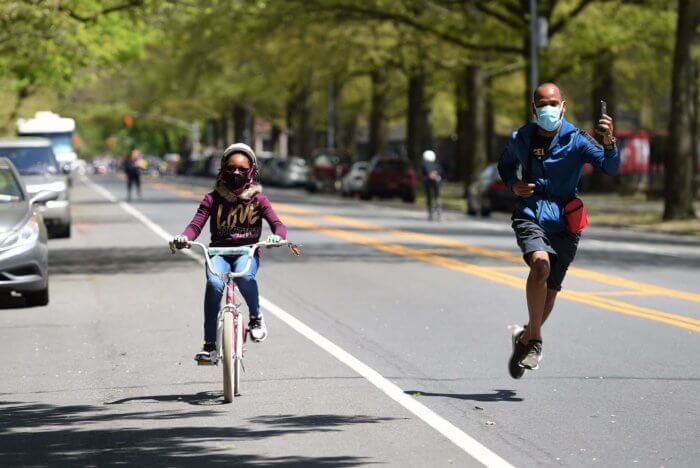
Nearly a million people lost their jobs as the pandemic forced many businesses to close, and others to lose virtually all of their customers and income as people stayed inside. While the government ultimately provided aid both to individuals and businesses, including enhanced unemployment benefits, small business loans to pay workers, and eviction moratoriums, thousands of business closures would end up permanent, and only a fraction of jobs have returned. Meanwhile, office districts like Midtown, the Financial District, and Downtown Brooklyn remain only a shell of what they were pre-pandemic, as many of those who transitioned to remote work in 2020 still have not returned to the office full-time, or at all.
A vaccine was quickly developed and was ready to go by the end of 2020, with a Queens nurse becoming the first person in the US to get the jab. Severe shortages of product meant that for the first few months, the government had to ration the vaccine to those at the greatest amount of risk, such as seniors and health care workers, but by mid-2021 production had ramped up enough that all adults could get a shot.
But for months, the government had to contend with large segments of the populace resistant to getting vaccinated despite what COVID had wrought on the city: officials tried all sorts of incentives, ultimately just handing out $100 to anyone getting a shot, until finally putting in place a number of vaccine mandates, including to enjoy indoor dining and other activities, to keep your job as a city employee, and finally, to keep your job as anyone’s employee.
Many workers were ultimately suspended or fired due to the highly controversial mandates, which served as a political lightning rod, and may have contributed to significant Republican legislative gains in the city’s 2021 elections.
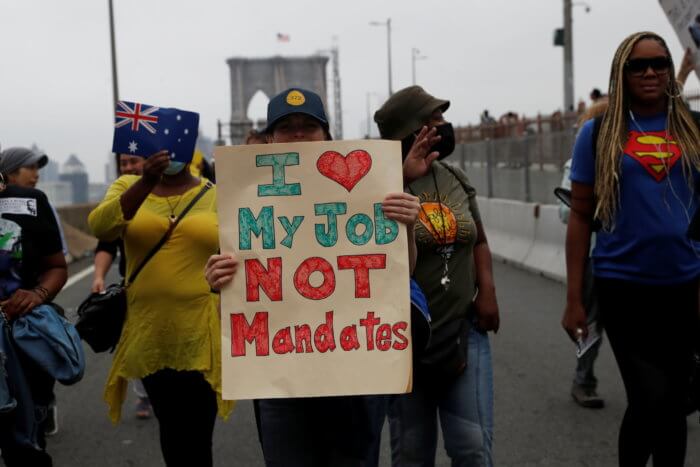
But if the goal was to get the populace vaccinated, the mandates undoubtedly did the job: 87 percent of New York City adults are now vaccinated, and New York is one of the most highly-vaccinated states in the country. Brooklyn is the least-vaccinated of the five boroughs, however, with just 79 percent of Kings County residents having gotten at least one dose according to city data.
In the interim, the city saw its largest protests in history over police brutality, weathered an increase in violent crime not seen in years, elected a new mayor, and saw a governor resign from office in disgrace.
“This pandemic has caused incalculable suffering and pain for our families, friends, and neighbors,” Mayor Eric Adams said on March 14, the second anniversary of the city’s first confirmed COVID-19 fatality.
“As we work to recover and rebuild New York City, we must remember those that we have lost, and carry on their stories,” he went on. “We will never forget their names, their faces, or the ways they have shaped this great city, and we recommit ourselves, in their memories, to remake our city into one that is more just, equitable, and resilient.”


